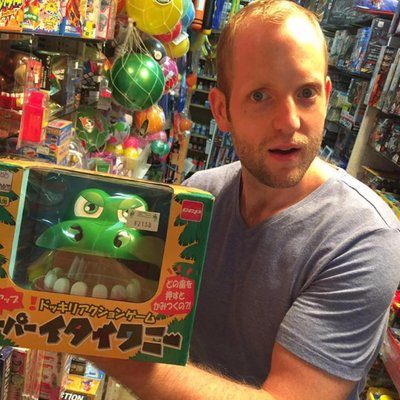Anime-inspired tower defense Roblox experience Anime Defenders just got its Christmas Update, and with it comes holiday maps, a new battle pass, units, and more.
Developer Small World Games published the latest patch for its popular take on tower dense strategy for fans across all devices to help celebrate the season. Although December is quickly coming to a close, the update adds more than enough winter-themed distractions to keep players preoccupied for weeks to come. Highlights include various Christmas decorations and maps, hidden presents to find, a new Gold Shop, and Leaderboard Season 5.
Those hopping into Anime Defenders after the Christmas Update will first notice the snow, presents, and trees that now pollute the lobby. These are more than just festive trinkets, though, as the added clutter has been used to carefully hide presents that, once acquired, unlock some of those new maps. Completing additional Santa Claus quests can unlock even more goodies, with daily quests also gifting players with rewards should they continue to log in between now and December 26. There’s also a limited Christmas Banner, which contains six new units to collect.
In addition to every new holiday item added as part of the Anime Defenders Christmas Update, players can take advantage of a new trading currency: Emerald. While the introduction of a new currency is exciting, Small World does clarify that most items, with the exception of gifts, are now untradable.
Anime Defenders is one of many Roblox experiences choosing to celebrate the holidays with special Christmas updates. Blade Ball launched into its winter plans earlier this month with its Festivities Update. Christmas may only be one week away, but developers will surely continue to add more themed content throughout December. In the meantime, you can see our full list of every active Anime Defenders code here.
You can check out the full patch notes from the Christmas Update below.
Anime Defenders Christmas Update Patch Notes
CHRISTMAS UPDATE IS HERE!
This update contains a whole lot of content, including new maps, units, and more!
New Limited Christmas Banner!
Contains Units:
- Novice Mage
- Novice Dragon
- Swift Assassin
- Spirit Demon
- Exorcist
- Crazed Brawler
Uses Snowflake Currency
You can convert your Gems and Relics into Snowflakes!
New Christmas Maps!
- Map 1: Frozen Peaks (Unlocked by Completing Day 1 Quest)
- Chance to obtain map mythic Blade Expert
- Map 2: Dark Icy Woods, (Unlocked by Completing Day 4 Quest)
- Chance to obtain map mythic Swiftblade Prince
- Map 3: Skyline District (Unlocked by Completing Day 6 Quest)
- Chance to obtain map secret Crimson Tyrant
Santa Claus Quests
Daily Quests with Exciting Rewards!
- Daily Quests from Day 1 – 9 (18 December to 26 December)
- Complete the Day 9 quest for a Christmas Gift!
- Christmas Gift contains Mythic-Ancient Rewards!
New Christmas Battlepass!
- Unlock the limited secret unit Draconic Warrior!
New Unit Skins!
- Equip limited-time skins on your favorite units!
- Skins can change the look of your unit in battle and make them stand out!
New Christmas Bundles!
- Added 4 new Christmas bundles in the shop!
- Each bundle contains exclusive items, currency, and rewards to help you this season.
New Christmas Gift Items!
- Collect Christmas Gifts during the event!
- Open them to receive rewards like Mythic
- Units, Secret Units, and more!
New Gold Shop
- Spend your Gold in this everlasting shop!
- Discounts come and go every day.
New Leaderboard Season!
- Enjoy Season 5 of leaderboards!
- Happy Grinding!
New Trading Changes: Emerald
- Most Items (except Gifts) are now untradable.
- Introducing a new trade currency called Emerald!
Merry Christmas, Defenders!
Michael Cripe is a freelance contributor with IGN. He started writing in the industry in 2017 and is best known for his work at outlets such as The Pitch, The Escapist, OnlySP, and Gameranx.
Be sure to give him a follow on Twitter @MikeCripe.


%2C_frontispiece_-_BL.jpg?width=1920&height=1920&fit=bounds&quality=80&format=jpg&auto=webp)



